What Is True Indigo – Tinctoria Indigo Info And Care
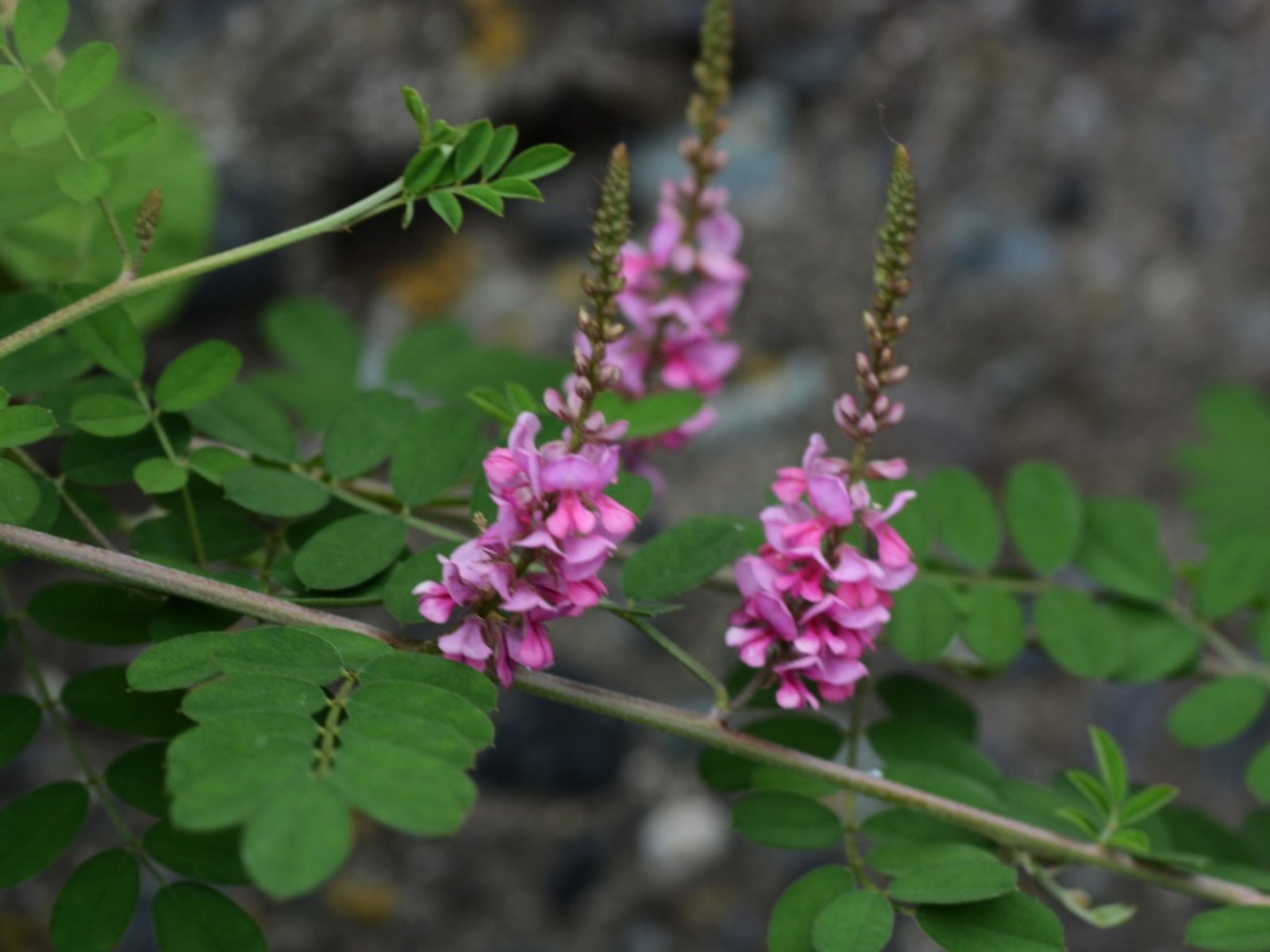

Indigofera tinctoria, often called true indigo or simply just indigo, is probably the most famous and widespread dye plant in the world. In cultivation for millennia, it has fallen somewhat out of favor recently due to the invention of synthetic dyes. It’s still a wonderfully useful plant, however, and very much worth growing for the adventurous gardener and home dyer. Keep reading to learn more about growing indigo plants in your garden.
What is True Indigo?
Indigofera is a genus of over 750 species of plants, many of which go by the common name “indigo.” It’s Indigofera tinctoria, however, that gives indigo color, so named for the deep blue dye it produces, which has been used for thousands of years.
The plant is thought to be native to Asia or northern Africa, but it’s difficult to be sure, since it’s been in cultivation since at least 4,000 BCE, long before good gardening records were being kept. It has since been naturalized the world over, including the American South, where it was a very popular crop in Colonial times.
These days, tinctoria indigo isn’t grown nearly as extensively, as it has been overtaken by synthetic dyes. As with other indigo varieties, however, it’s still an interesting addition to the home garden.
How to Grow Indigo Plants
Indigo plant care is relatively simple. Tinctoria indigo is hardy in USDA zones 10 and 11, where it grows as an evergreen. It prefers fertile, well-drained soil, moderate moisture, and full sun, except in very hot climates, where it appreciates some afternoon shade.
A medium shrub, the indigo plant will grow to 2 to 3 feet (61-91.5 cm.) in height and spread. In the summer, it produces attractive pink or purple flowers. It is actually the plant’s leaves that are used to make the blue dye, though they are naturally green and must go through an involved extraction process first.
Gardening tips, videos, info and more delivered right to your inbox!
Sign up for the Gardening Know How newsletter today and receive a free copy of our e-book "How to Grow Delicious Tomatoes".

The only child of a horticulturist and an English teacher, Liz Baessler was destined to become a gardening editor. She has been with Gardening Know how since 2015, and a Senior Editor since 2020. She holds a BA in English from Brandeis University and an MA in English from the University of Geneva, Switzerland. After years of gardening in containers and community garden plots, she finally has a backyard of her own, which she is systematically filling with vegetables and flowers.
-
 Try The Trend – Turn Any Bed Into A Keyhole Garden With This Clever In-Ground Composter
Try The Trend – Turn Any Bed Into A Keyhole Garden With This Clever In-Ground ComposterKeyhole gardening is an efficient and sustainable practice that saves space. Get started on this DIY project quickly and easily with an in-ground composter.
By Bonnie L. Grant
-
 4 Superfast Composting Methods: Turn Waste Into Garden Gold In 30 Days Or Less
4 Superfast Composting Methods: Turn Waste Into Garden Gold In 30 Days Or LessTry the fastest composting methods to turbocharge your pile and transform kitchen scraps and garden waste into finished compost in just a few weeks.
By Mary Ellen Ellis
-
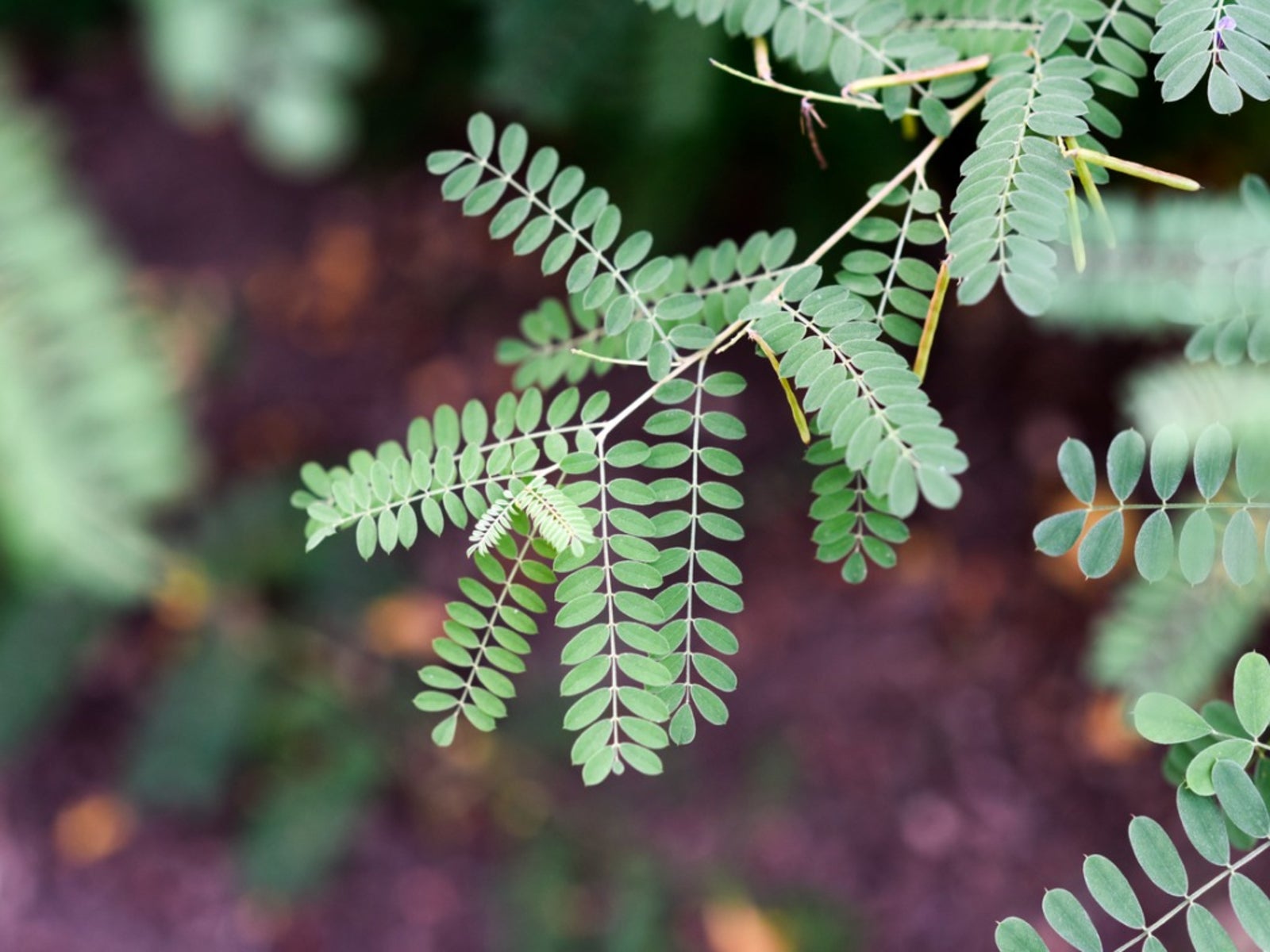 Indigo Plant Harvest – Tips On Picking Indigo For Dye
Indigo Plant Harvest – Tips On Picking Indigo For DyeAlthough the popularity of the natural dye stalled when a synthetic dye was developed, picking indigo for dye is making a comeback. If you want to learn how to harvest indigo to make your own dye, click here. We’ll tell you how and when to pick indigo plants.
By Teo Spengler
-
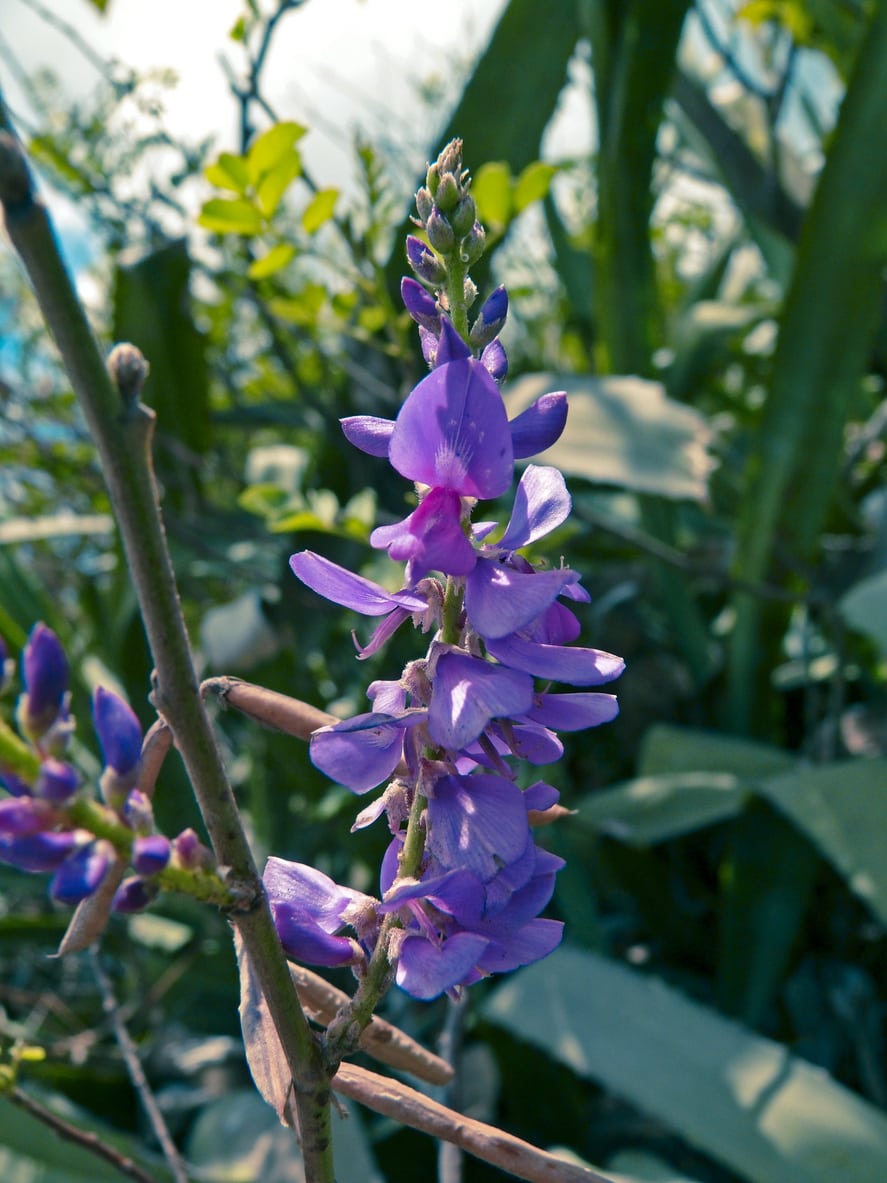 Indigo Plant Varieties: Learn About Different Indigo Plants
Indigo Plant Varieties: Learn About Different Indigo PlantsThe popular color “indigo” is named after several plants in the genus Indigofera famous for the natural blue obtained from the plant leaves. Some varieties are used medicinally, while others are beautiful and ornamental. Learn about different indigo plants here.
By Teo Spengler
-
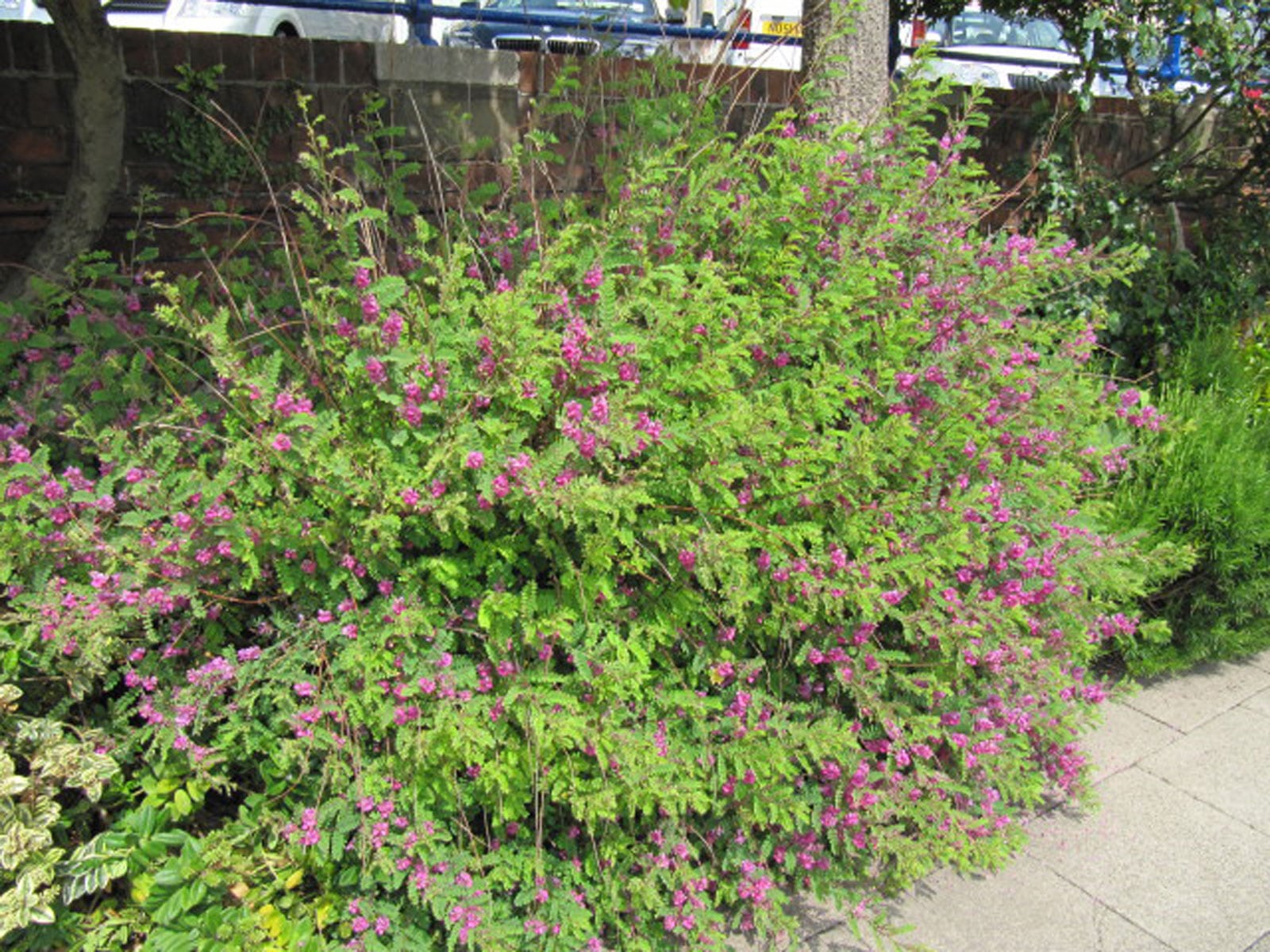 Watering Indigo Plants: Information On True Indigo Water Needs
Watering Indigo Plants: Information On True Indigo Water NeedsWhether you are growing indigo in your garden to make the dye or just to enjoy the pretty flowers and growth habit, indigo irrigation requirements are important to understand to help it thrive. This article will help with that. Click here for more information.
By Mary Ellen Ellis
-
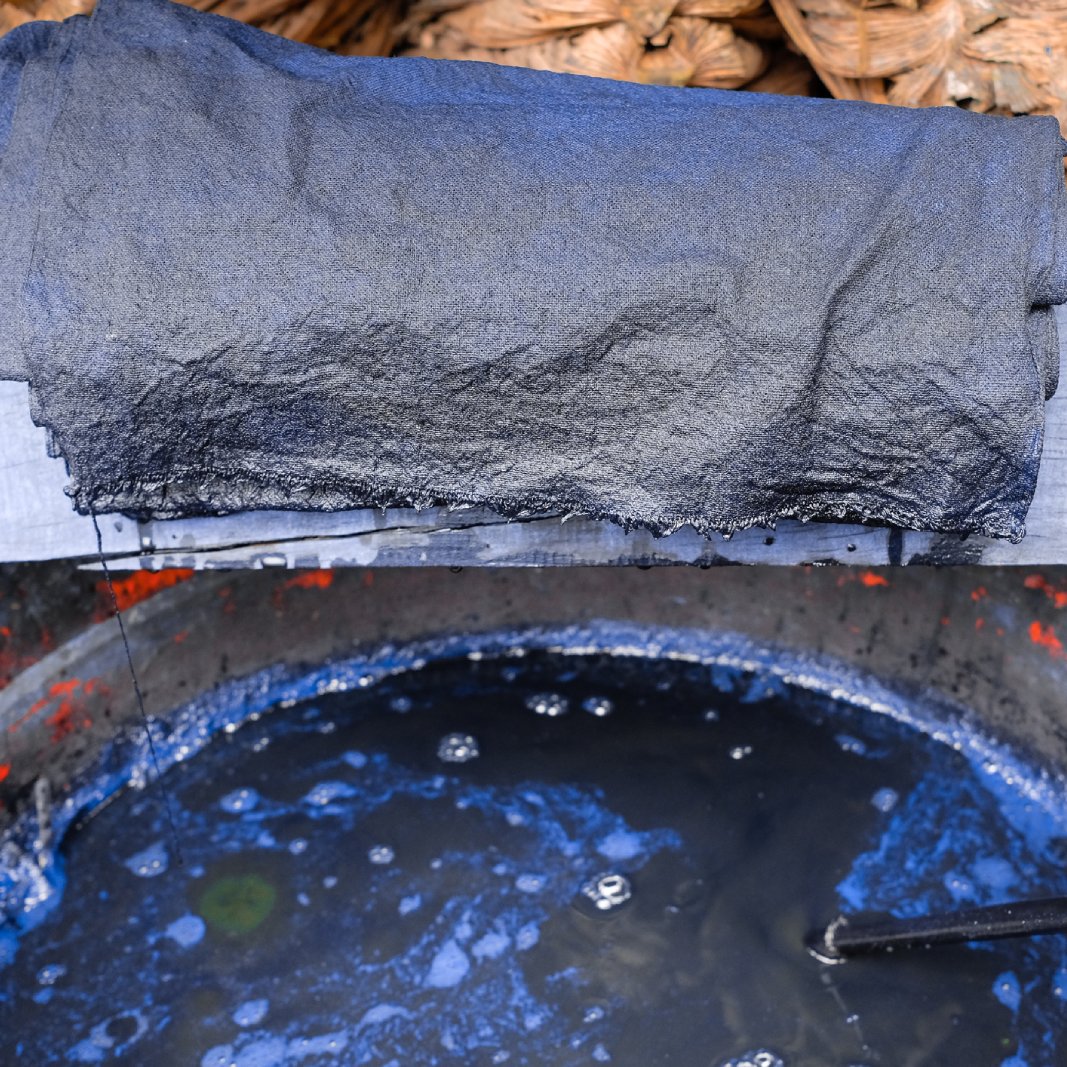 Indigo Dyeing Guide – How To Dye With Indigo Plants
Indigo Dyeing Guide – How To Dye With Indigo PlantsBy Bonnie L. Grant
-
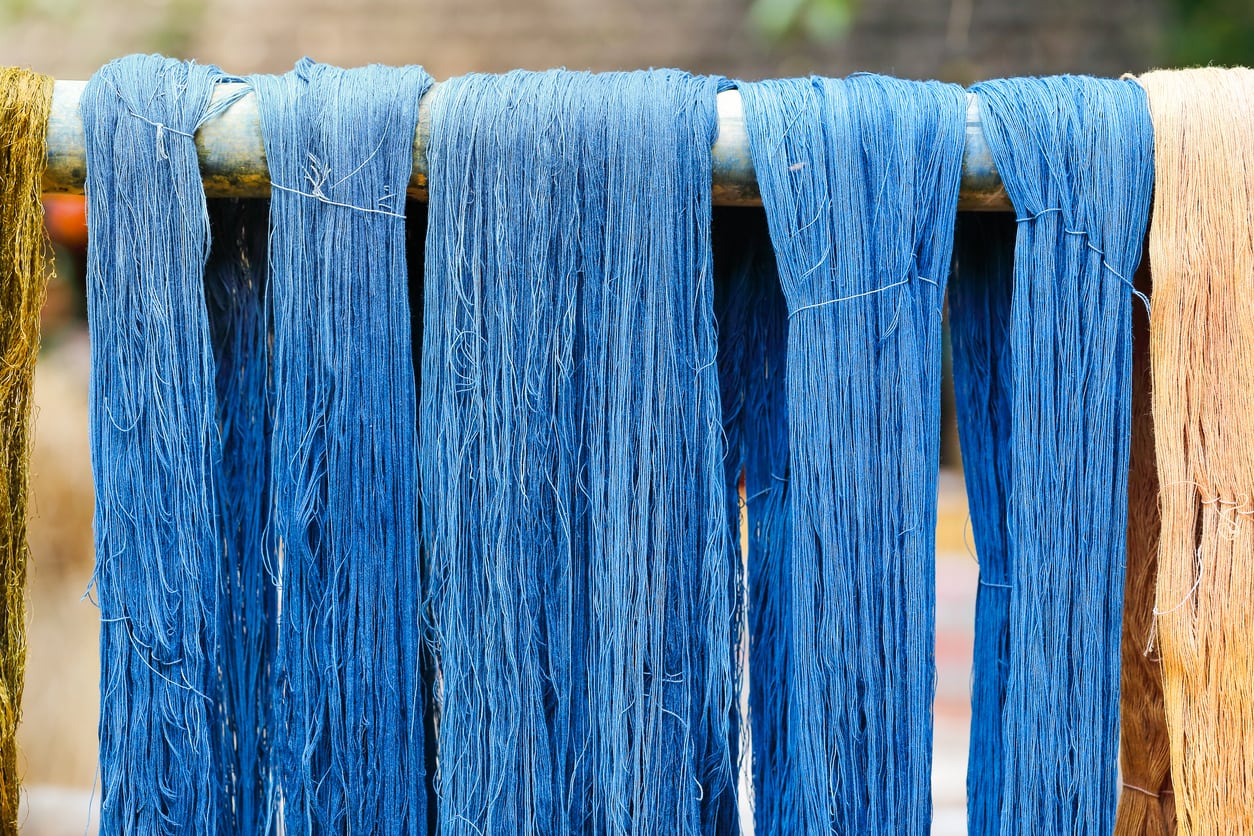 Dye From Indigo Plants: Learn About Making Indigo Dye
Dye From Indigo Plants: Learn About Making Indigo DyeUnlike other colors that could easily be obtained, blue remained a difficult color to recreate – until it was discovered that dye could be made from indigo plants. Making indigo dye, however, is no easy task. So, how do you make dye indigo plant dye? Learn more here.
By Amy Grant
-
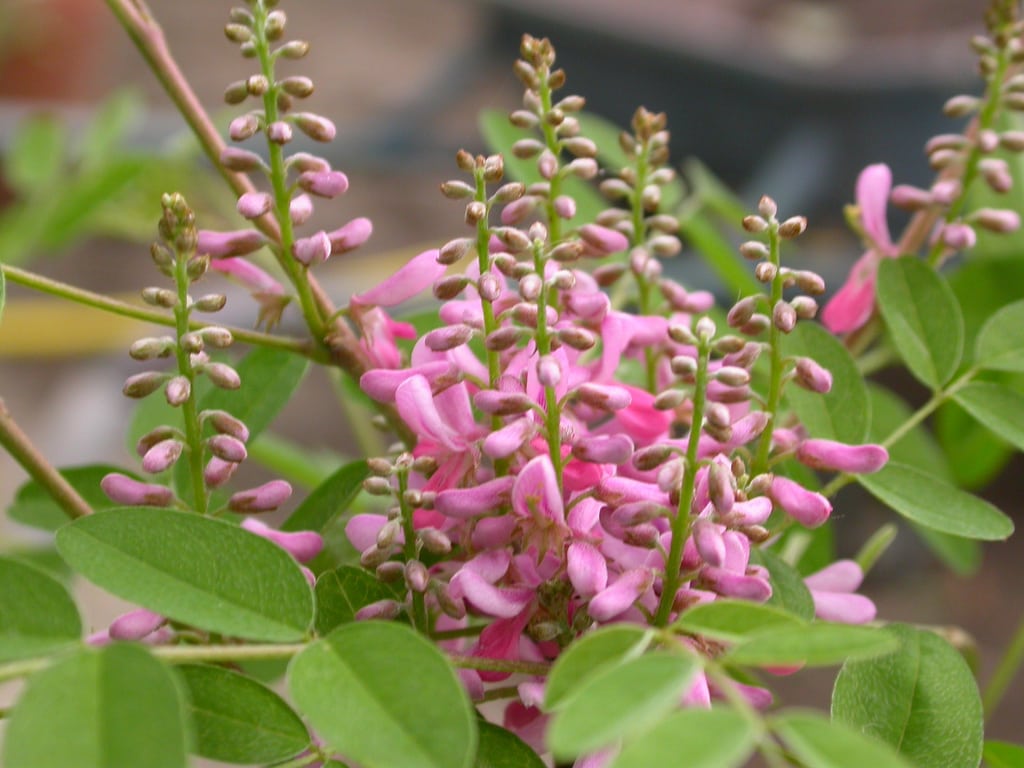 Indigo Plant Pruning – How To Prune Indigo Plants In The Garden
Indigo Plant Pruning – How To Prune Indigo Plants In The GardenGrowing indigo isn’t difficult as long as you can provide ample sunlight and warmth. However, pruning true indigo regularly keeps the plant healthy and attractive. Click here and we’ll explore indigo plant pruning and cutting back indigo.
By Mary H. Dyer
-
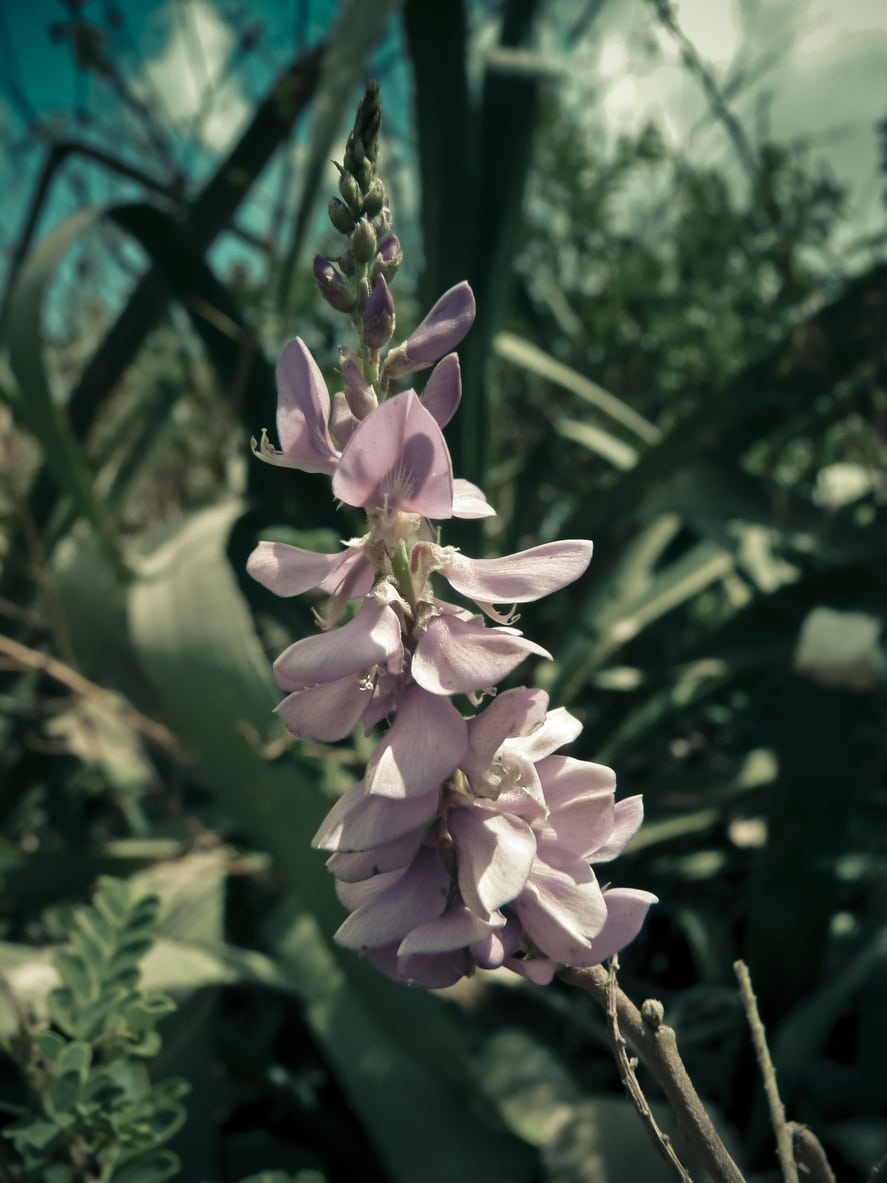 Indigo Seed Planting Guide: When To Sow Indigo Seeds
Indigo Seed Planting Guide: When To Sow Indigo SeedsTrue indigo (Indigofera tinctoria) can be grown successfully by seed for a pretty flowering shrub or to provide you with leaves to make a natural blue dye. Click this article for tips on how and when to sow indigo plant seeds in the garden.
By Mary Ellen Ellis
-
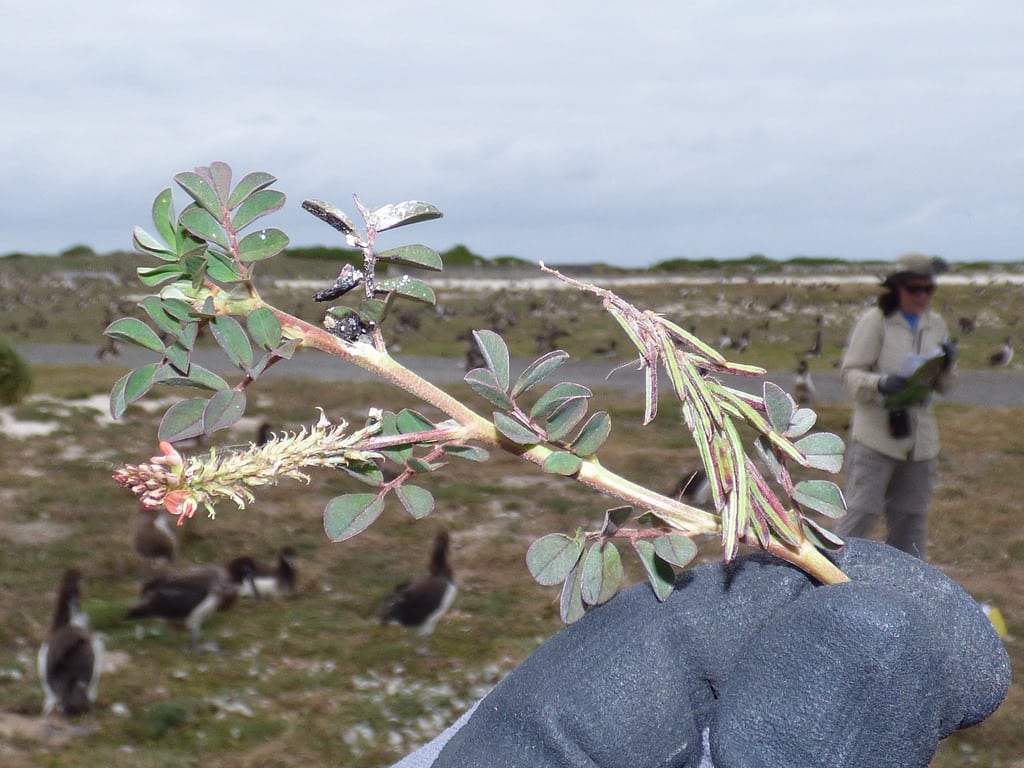 Indigo Insect Pests – Dealing With Bugs That Eat Indigo
Indigo Insect Pests – Dealing With Bugs That Eat IndigoOne reason indigo plants have so easily spread globally is because there are very few bugs that eat indigo. Learn more about pests of indigo plants in this article and find out if control measures are necessary.
By Darcy Larum